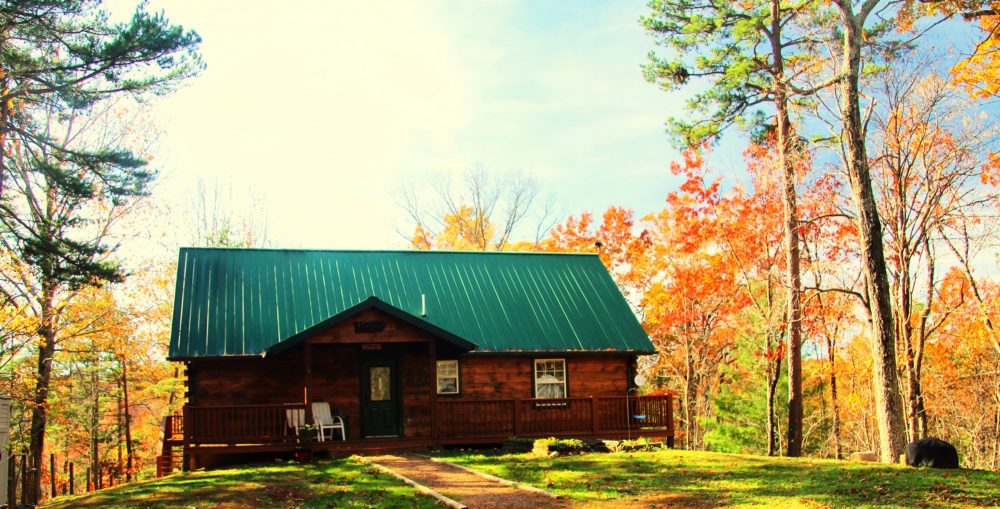Agate Fossil Beds National Monument protects a giant bonebed discovered in a long-buried watering hole. Dated at approximately 19 million years ago, based on ash layers above and below the bonebed, the layer contains hundreds of mammal skeletons. Scientists theorize they died in mass as a result of a drought. Many animals, mostly herbivores, gathered at the few remaining pools, grazed off all nearby vegetation then died of malnutrition once there was no food close enough to the water. The bones were buried in the remnants of the muddy pool. Interesting scientific theory is set forth and the skeletons are amazing. They have pieced together the lives of predators/scavengers and their role in this event as well. Worth a visit even if it is really off the beaten path.

Another cool find in the area are the spiral tunnels of an ancient beaver-sort of. He lived on/in the ground not water and in colonies sort of like prairie dogs. The tunnels eventually filled with fine wind-blown sand and over time became sandstone in the shape of these amazing spirals. Quite the puzzle for the geologists for a while.
